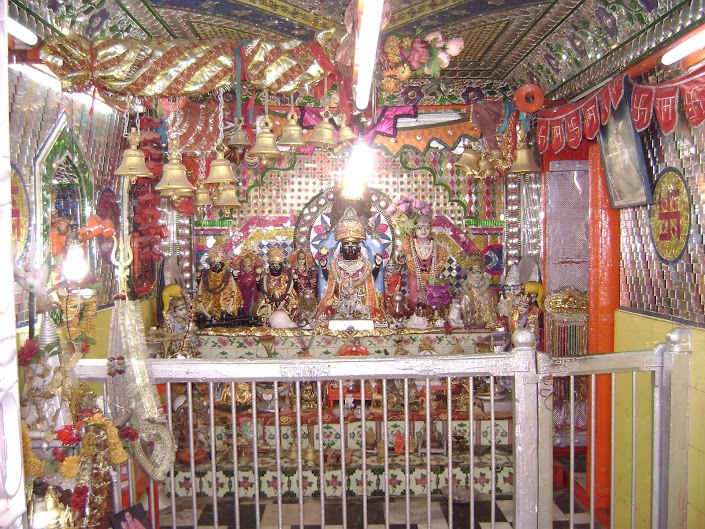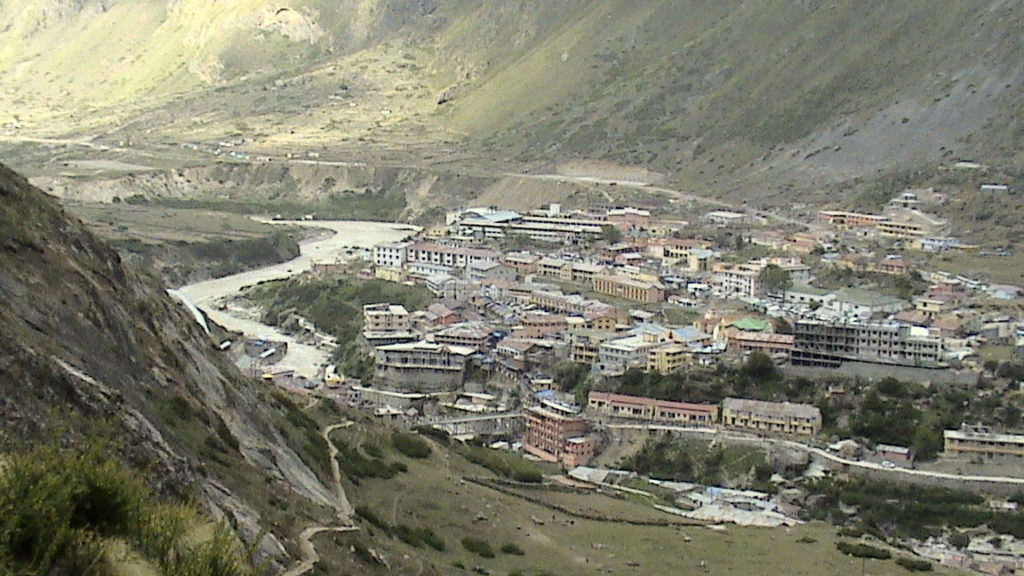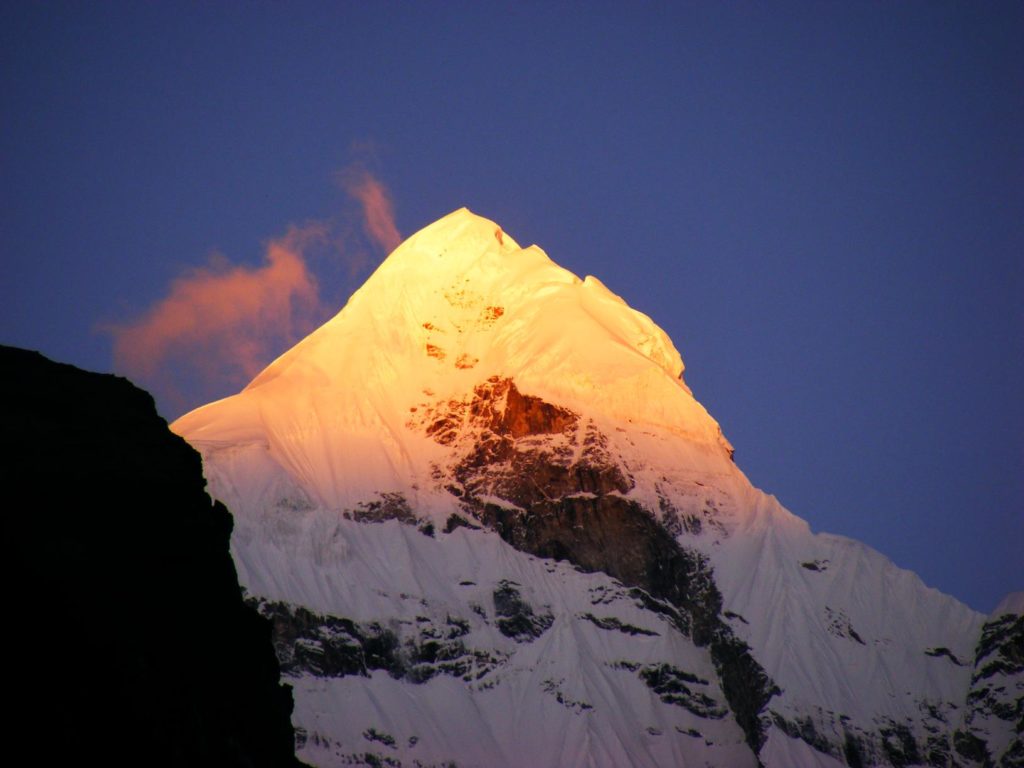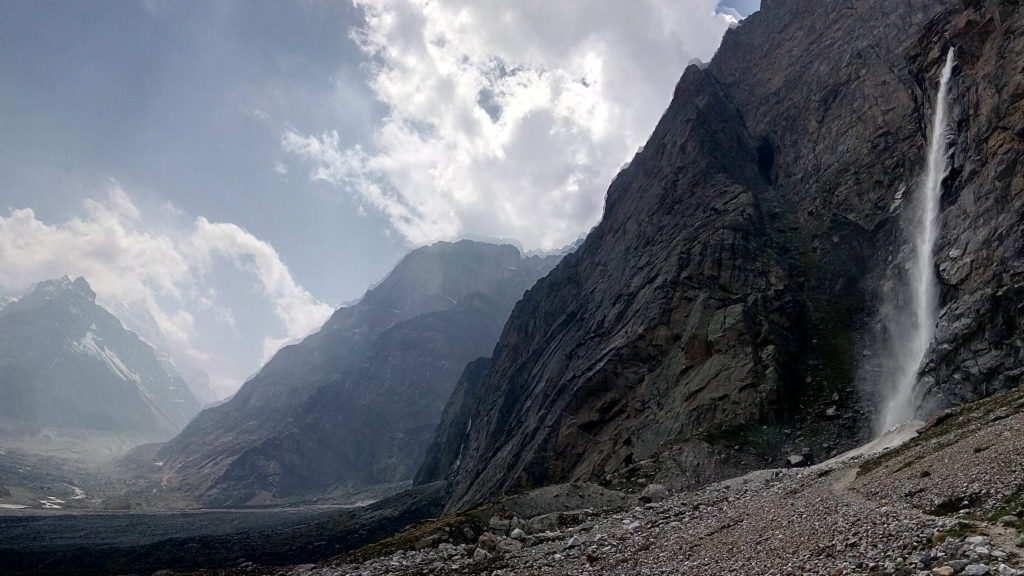Badrinath Temple – History, Interesting Facts, Deities, Travel, Hotels, Weather And More!
If you’re planning for a trip to North India, be sure to include the Badrinath temple in your itinerary. This Vishnu temple, situated in Badrinath, Uttarakhand, is cradled in the ranges of the towering Himalaya mountains, and lies close to the border between India and Tibet.
The Badrinath temple is renowned through India because it is one of the four Char Dham pilgrimage sites for Hindus. This ancient temple stands at a height of around 10,700 feet. It remains open for a duration of six months, from the end of April to the beginning of November. When the surroundings are enveloped by snow, the picturesque view is exceptional to behold. The temple town of Badrinath will mesmerize tourists and pilgrims alike, and offer the perfect opportunity for a spiritually rejuvenating retreat.

The History Of Badrinath
The history of this ancient pilgrimage site is shrouded in mystery and mythology. Some accounts say that it was a Buddhist shrine. During the 8th century, Adi Shankara, the great Hindu philosopher, and reviver discovered the Badri Vishal deity from the Alaknanda River and converted the shrine to a Hindu temple. Additionally, other accounts say that he originally established this as a pilgrimage site and spent six months of the year in Badrinath, with the rest at Kedarnath. Owing to its age and harsh climatic conditions of the area, the temple has undergone many renovations over time. The King of Jaipur rebuilt the temple after the Himalayan earthquake in 1803. It was completed 70 years later, during the First World War.

Lord Badrinath – Badri Vishal
Some Interesting Facts About Badrinath You Didn’t Know
South Indian Priests
When Adi Shankaracharya established the mandir (temple) at Badrinath, he also instituted the head priest or the Rawal of the temple. He handed the priestly duties to a Nambudiri Brahmin family hailing all the way from the south Indian state of Kerala! The family lineage still carries out the pujas to this date. As a result, Adi Shankaracharya established the unity of Hindus across geographical barriers by bringing together culturally different Hindus from different cardinal points of India.
The Kapat Procession
The opening and closing dates for the Badrinath temple aren’t fixed. This is because the astrologers, priests, and purohits decide them after inspecting the horoscope of Tehri Naresh. This happens at the courtyard of the palace at Narendra Nagar. The procession to open the temple of Badrinath begins here and is called Kapat. It involves much fanfare from locals at the villages that the Kapat skirts, on its winding way up the mountains to Badrinath. Sadhus (saints), priests, villagers, and even the local police force carry forth this procession with great devotion and bhakti.

The Deities At Badrinath
The idol depicts Lord Vishnu meditating in the padmasana posture in the Badrinath mandir. According to legend, a sage chastised Vishnu when he saw Goddess Lakshmi massage his feet. For this reason, Vishnu went to Badrinath and atoned for his action by meditating for a long time. Along the walls of the temple are sculptures of Nara and Narayana, incarnations of Lord Vishnu. There is an idol of Adi Shankara in the temple too.
The Unforgettable Legends Of Badrinath
The Badrinath temple’s history is replete with mythology involving gods and goddesses from the Hindu pantheon. One legend says that Lord Vishnu was performing a very severe penance while being completely unaware of the terrible weather conditions. His wife, goddess Lakshmi, protected him in the form of a Badri tree. Impressed by her sacrifice, Vishnu named the place Badrika Ashram. However, the Vishnu Purana, an ancient Hindu text, states that Dharma’s two sons – Nara and Narayana wanted to spread their religion. They had already discovered four of the Panch Badri: Dhyan Badri, Yog Badri, Bridha Badri, and Bhavishya Badri, and were on the quest to find the fifth Badri. Eventually, when they found a place with both hot and cold springs behind the Alaknanda river, they gave it the name Badri Vishal, and Badrinath was born.

Another legend states that Lord Shiva and Goddess Parvati were performing tapasya in Badrinath. Lord Vishnu, disguised as a small boy, disrupted them by crying loudly. Goddess Parvati asked the reason for his cries to which he replied that he wanted to meditate in Badrinath. Eventually, Shiva and Parvati discovered that the boy was actually Lord Vishnu so they left Badrinath for him to meditate, and moved on to Kedarnath.
Travel Route to Badrinath
The distance from Delhi to Badrinath is about 536 km and Dehradun to Badrinath is 335 km. Jolly Grant Airport, Dehradun is the nearest airport to Badrinath. But, if you’re travelling by train, Haridwar Junction is the nearest railway station, from where you can take a cab or bus to Badrinath. For a road trip, take the NH 7, which connects Dehradun to Badrinath. Along the way, you can stop over at Jyotirmath, one of the peethas established by Adi Shankaracharya. The route, for the most part, is the same route that the Sikhs take to reach Hemkund Saheb. It is a pilgrimage spot sacred to them, located just below Badrinath. Don’t miss the light-hearted signage by the Border Roads Organization (BRO) cautioning travellers to drive safely. The signs lighten up what could be a bumpy ride up the mountains!
Must-visit Places In Badrinath
- Tapt Kund is a thermal spring infused with medicinal properties. According to belief, a dip in this spring cleanses you of all your sins.
- Neelkanth Peak is a snowy peak towering over the town of Badrinath. The mountain initially resisted as many as seven attempts to
summit it by climbers. You can visit the place during sunrise for its breathtaking view. - The Mata Murti Mandir, a temple dedicated to the mother of Nara and Narayana, witnesses a fair held at this place during the month of September.
- Charanpaduka is a beautiful rock which is believed to hold the footprint of Lord Vishnu. According to legend, it formed when he descended to earth at that very spot. Have a light meal and prep yourself for a simple three-kilometre trek from the temple during the day. Carry a bag to stow away any trash you generate and keep the surroundings clean!
- Vasudhara falls is a 400 ft waterfall located on Alaknanda river. The waterfall is located at a small trek away from Mana village, in turn, located close to Badrinath. Mahavatar Babaji, the immortal saint first introduced to the world through Swami Yogananda’s Autobiography of a Yogi is active in these areas, and reports of chance encounters are many.

Best Badrinath Hotels To Stay At
Sarovar Portico Badrinath, Hotel Dwarikesh and New Hotel Snow crest are some well-reviewed hotels near the temple. They provide excellent accommodation and delicious food. The rooms are clean, cosy and comfortable, with hot water available through the week.
For the budget traveller, GMVN (Garhwal Mandal Vikas Nigam – a Govt. Of Uttarakhand undertaking in charge of tourism) buildings offers both low-cost dormitories as well as rooms at unbelievably affordable prices.
If you’re going on a pilgrimage, consider including the Badrinath Char Dham Yatra. The best time to visit the temple is during April to June, and September to November. This is because the Badrinath weather is delightful during these months. The temperature drops below the freezing point even during summer, so cover up with woollen jackets and gloves. If the Badrinath temple images are so charming, imagine how it’ll look in real life. A visit to this legendary temple is a pilgrimage of a lifetime, and the spectacular views will forever be etched in your mind.
Comments
Post a Comment